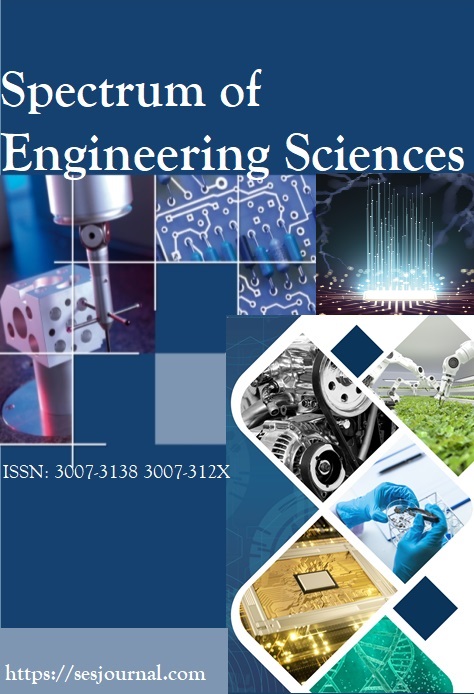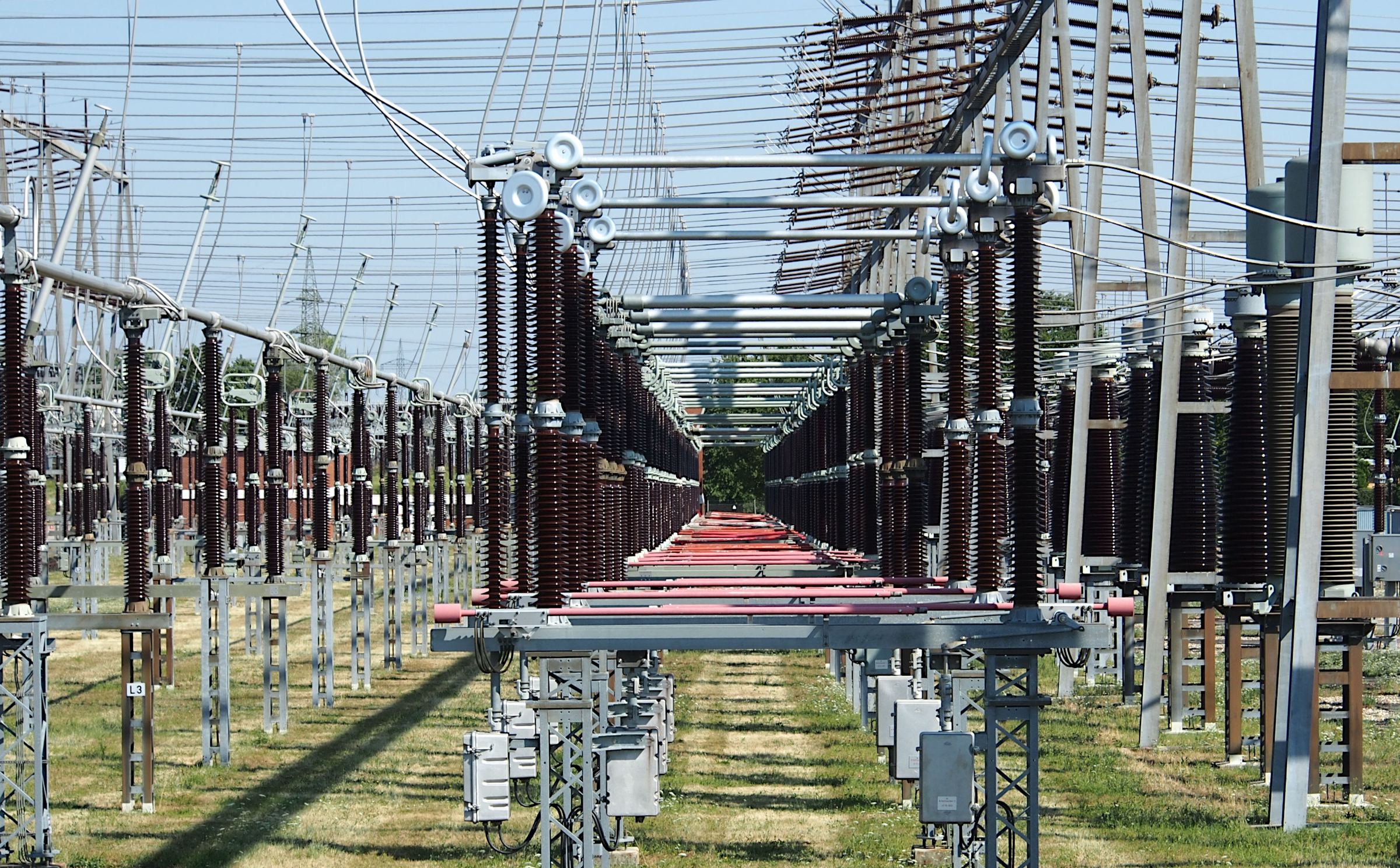FACILE LOW-TEMPERATURE SYNTHESIS OF ANATASE TIO₂ NANOPARTICLES AND THEIR APPLICATION IN NANOCRYSTALLINE THIN FILM FABRICATION
Keywords:
Anatase TiO₂, Low-temperature synthesis, Nanoparticles, Thin film fabrication, Photocatalysis, Sol–gel methodAbstract
Titanium dioxide (TiO₂), particularly in its anatase phase, has emerged as a promising material for applications in photocatalysis, photovoltaics, and transparent conducting films due to its high photoactivity, chemical stability, and non-toxicity. However, conventional synthesis routes often require high-temperature processing (>300 °C), which limits the choice of compatible substrates and increases fabrication costs. This study presents a facile, low-temperature synthesis method for producing phase-pure anatase TiO₂ nanoparticles, followed by their integration into nanocrystalline thin films suitable for optoelectronic and energy applications.
The synthesis approach utilizes a modified sol–gel route at sub-100 °C, incorporating chelating agents and pH control to achieve nanoparticle sizes below 20 nm with narrow distribution and excellent dispersibility. Structural analysis via XRD and TEM confirms the dominance of the anatase phase, while FTIR and UV–Vis spectroscopy reveal functional group coordination and strong optical absorption. Thin films were fabricated through spin-coating and annealed below 200 °C, resulting in uniform, transparent, and well-adhered films.
Film morphology, surface roughness, and porosity were analyzed using AFM and SEM, showing excellent film uniformity and nanostructuring. The optical properties were further evaluated for potential application in dye-sensitized solar cells and photocatalysis, showing enhanced transmittance in the visible region and suitable band gap alignment. Photocatalytic tests using methylene blue degradation confirmed superior activity at low annealing temperatures compared to high-temperature counterparts. The results highlight the strong correlation between synthesis parameters, nanoparticle crystallinity, and film functionality.
This study demonstrates a sustainable and scalable route for anatase TiO₂ nanoparticle production and film fabrication with low thermal budgets. The proposed methodology provides significant advancement toward flexible electronics, transparent coatings, and low-cost solar devices, contributing to environmentally responsible nanomaterial manufacturing.
















